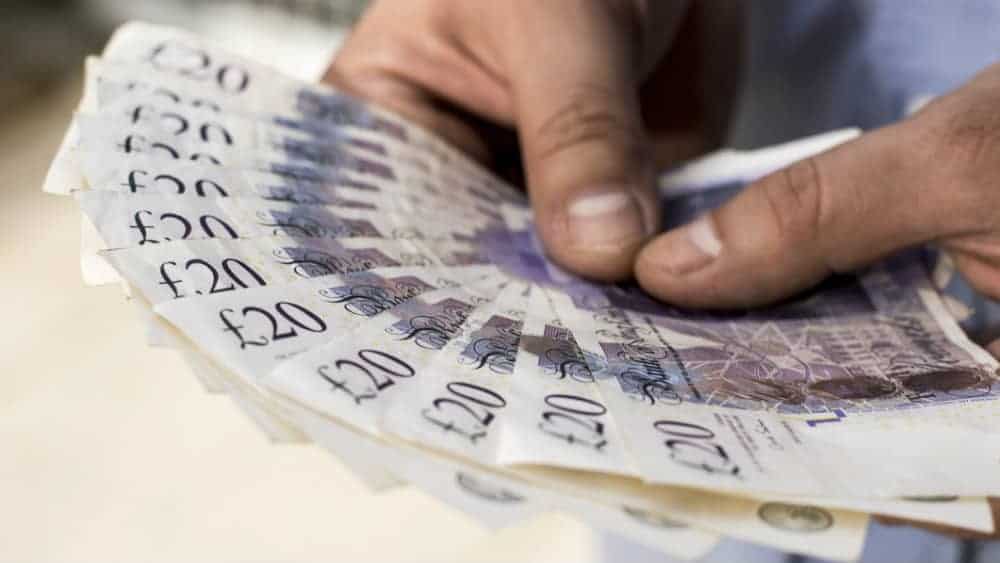When seeking to make a passive income, many investors may naturally be drawn to the highest-yielding dividend shares. After all, they offer the greatest potential income return on a relative basis.
However, it could be prudent to check their dividend affordability before buying them. This doesn’t guarantee they’ll be able to make future dividend payouts, of course. But it can be a means of ruling out stocks that are clearly unable to afford their shareholder payouts.
Similarly, assessing the growth potential of a company’s dividend can be a sound move. It may allow an investor to obtain a growing passive income in the long run.
Assessing affordability when buying dividend shares
The affordability of shareholder payouts can be assessed in a couple of different ways. Dividend shares can be analysed by comparing their net profits with shareholder payouts. A company with a large amount of headroom when making dividend payments may be less likely to run into trouble when trying to pay them in future.
Meanwhile, an assessment of a company’s wider financial situation can provide an insight into the affordability of its dividends. For example, considering its debt levels and interest cover, in terms of how many times it could service debt out of operating profit, may build a picture of its financial strength. Similarly, companies that have a long and reliable track record of dividend payouts may be less likely to cut them in future.
All of these factors, when combined, can provide an insight into the reliability of dividend shares. It may lead an investor to avoid the highest yielding stocks in favour of more reliable opportunities that have lower yields.
Dividend growth opportunities
As well as a high and reliable yield, buying dividend shares that can grow shareholder payouts at a fast pace could be a shrewd move. They may be able to deliver a rising passive income over the long run. And that should have more of a positive impact on an investor’s financial situation. Certainly compared to a high initial yield that fails to grow at a fast pace over the coming years.
Assessing the prospect of dividend growth is very subjective. It’s closely tied to the financial performance of a business, in terms of how quickly its profitability can grow. Therefore, analysing its strategy, forecasts and competitive advantage could act as a guide, rather than a definitive answer, to the question of its dividend growth potential.
Despite the subjective nature of assessing the growth potential of dividend shares, the process can help an investor to avoid potentially unattractive stocks. This doesn’t mean a complete avoidance of companies that may struggle to raise dividends in the coming years. But it could improve an investor’s risk/reward ratio so they’re more likely to enjoy a high and growing passive income in the long run.







